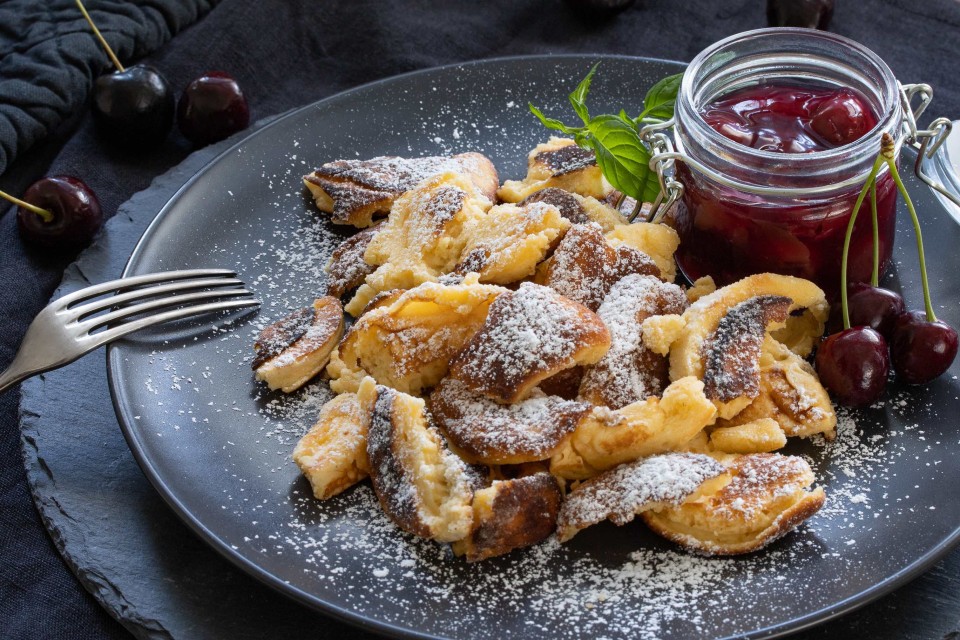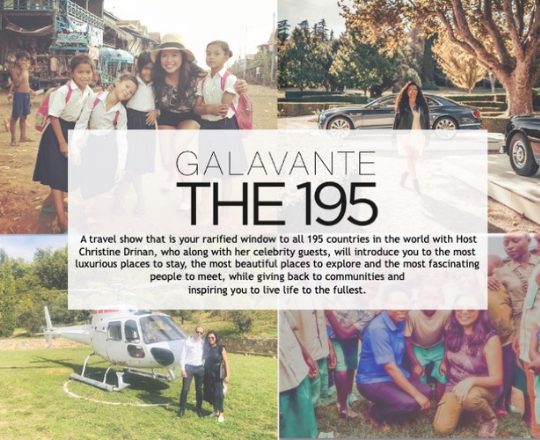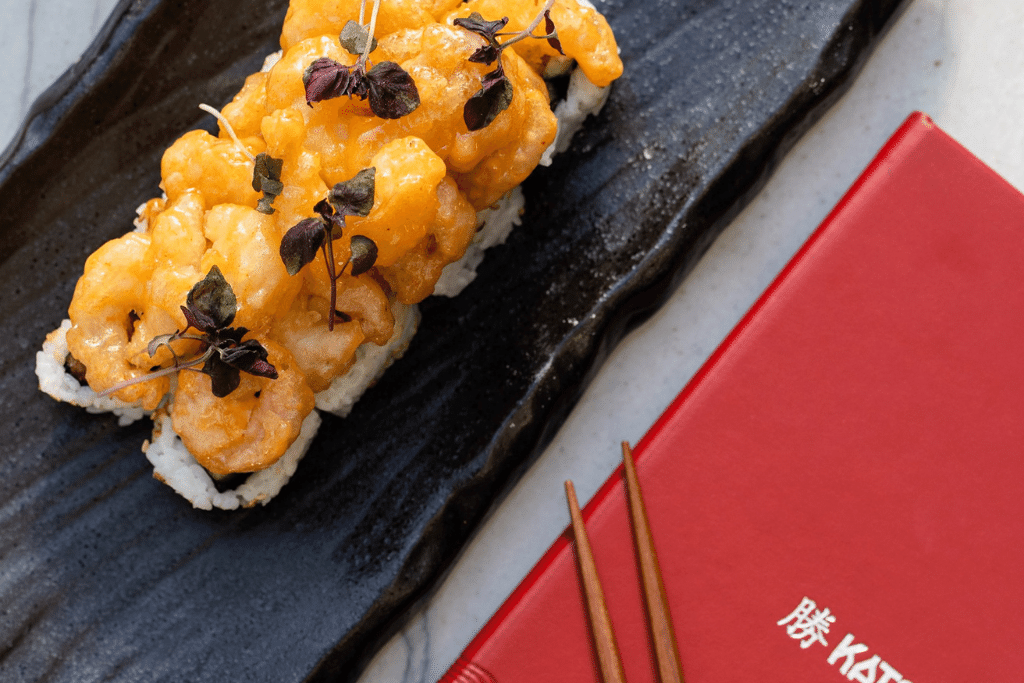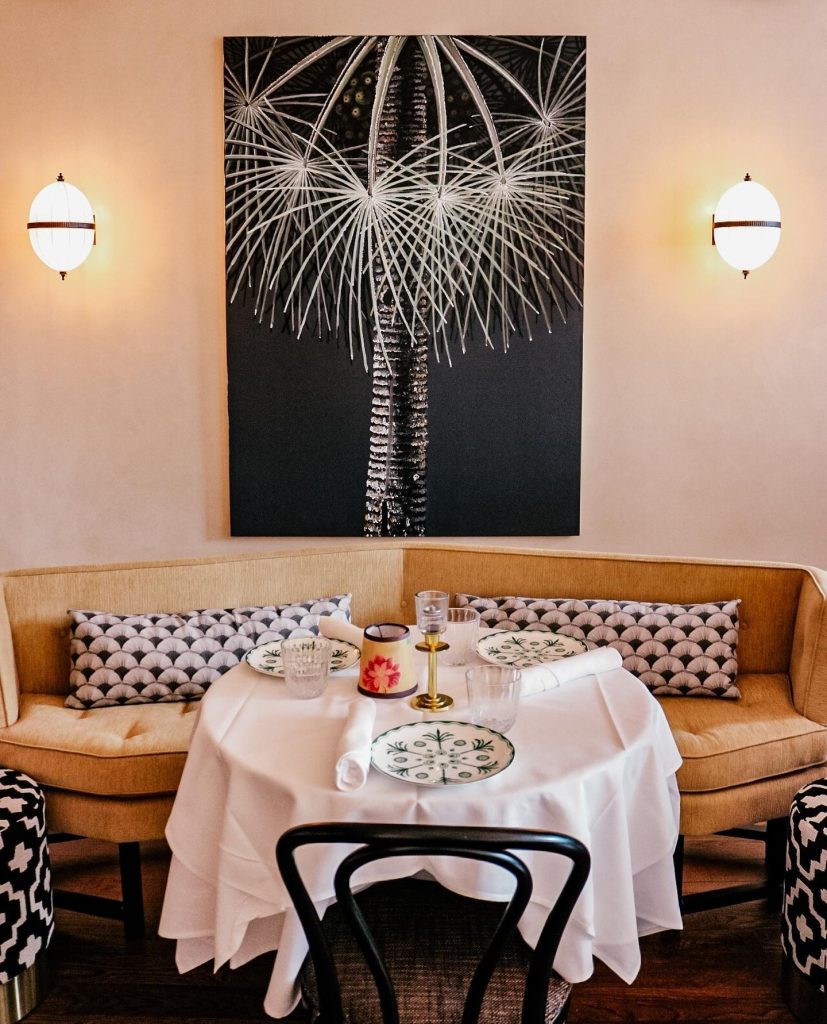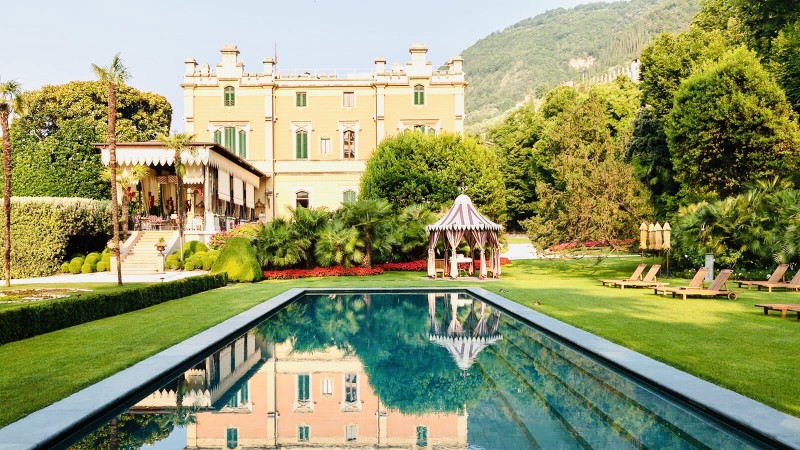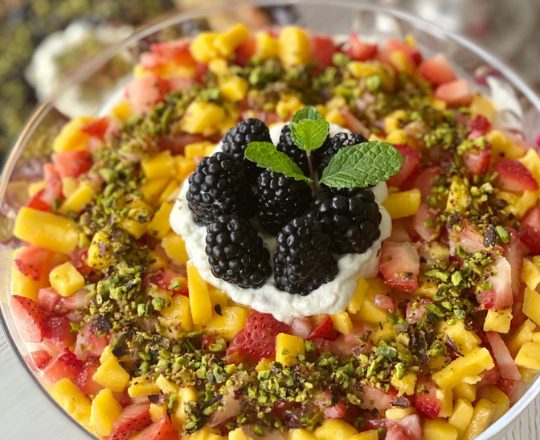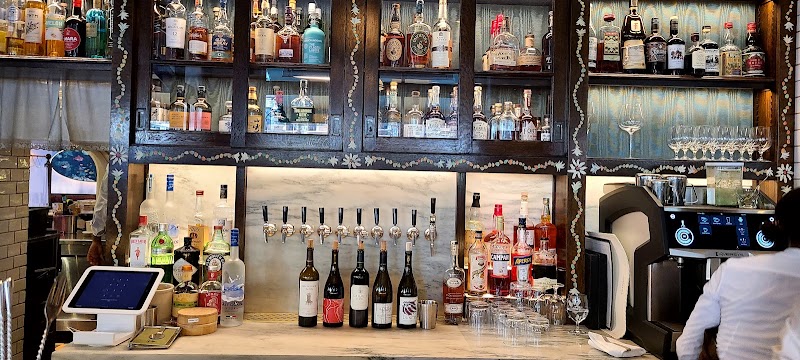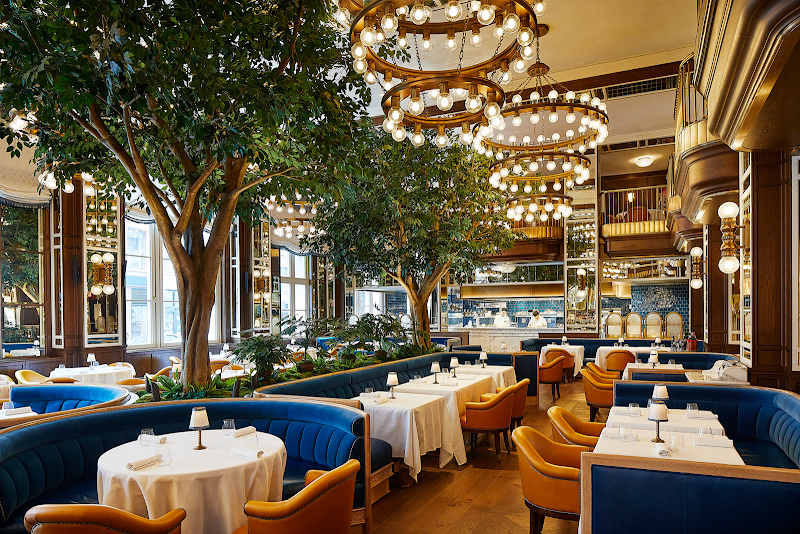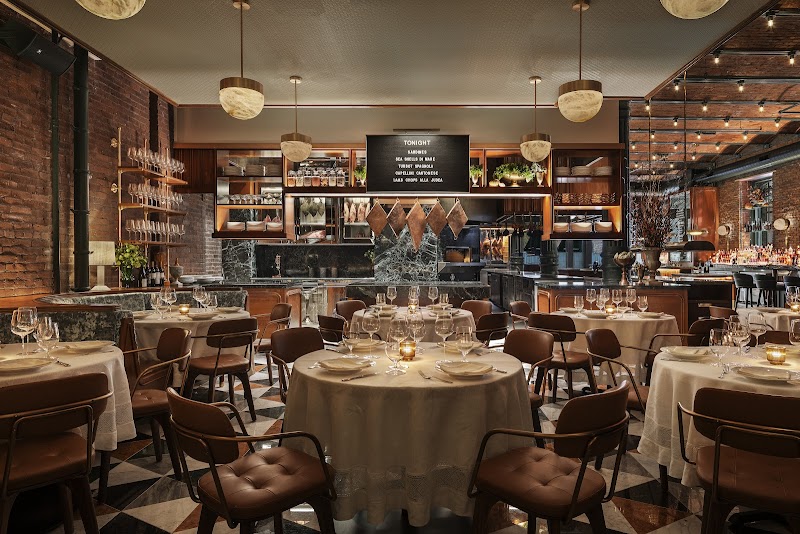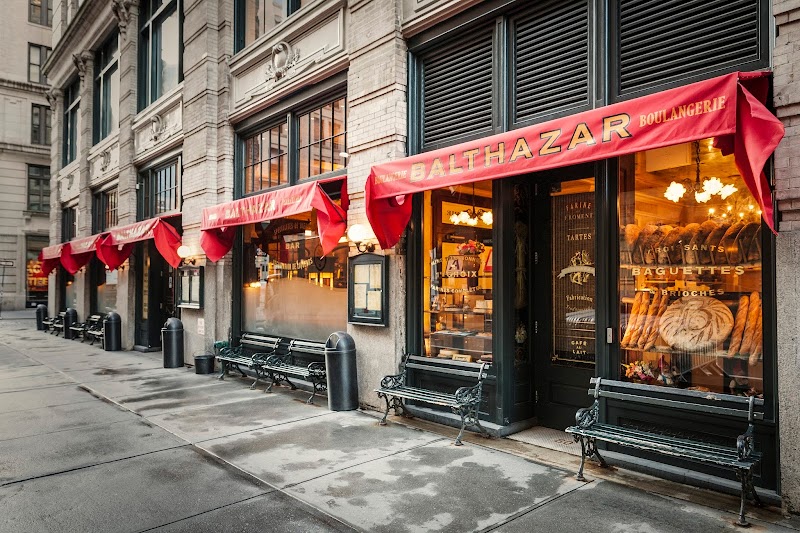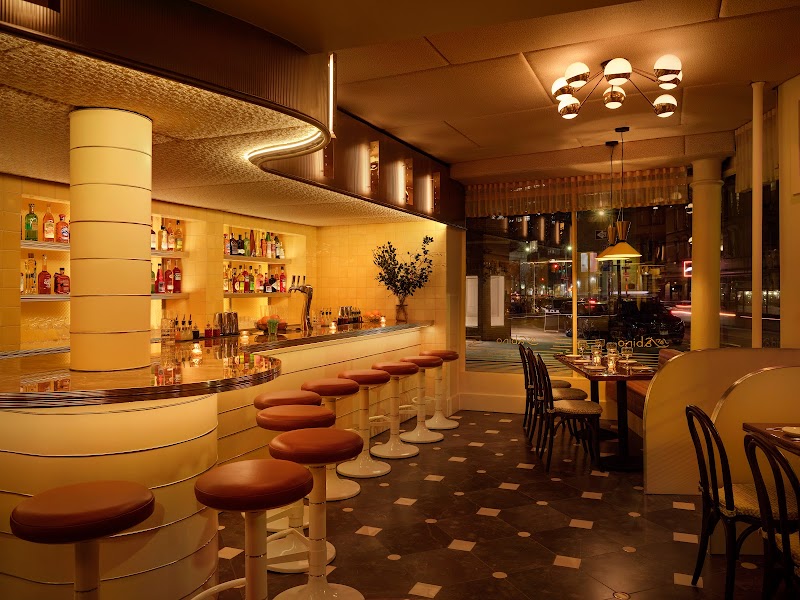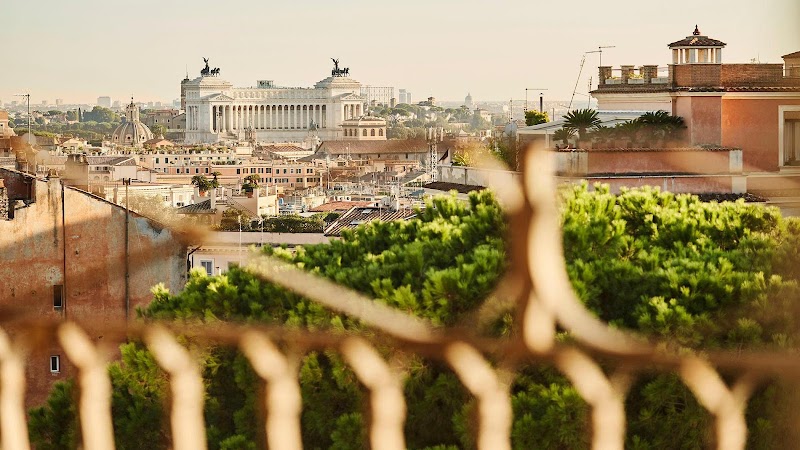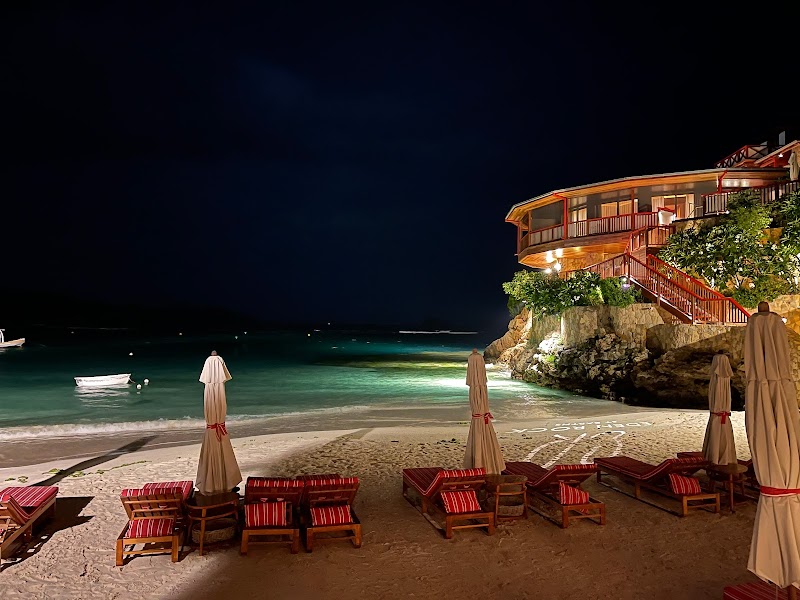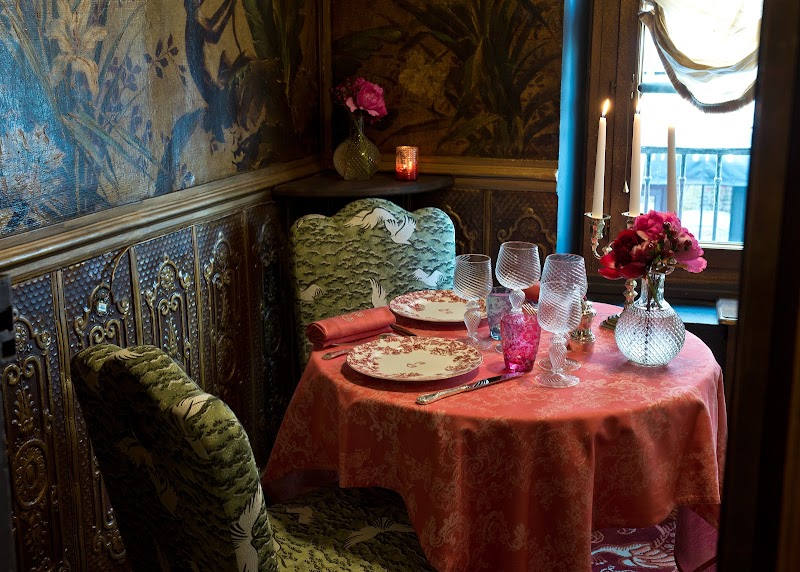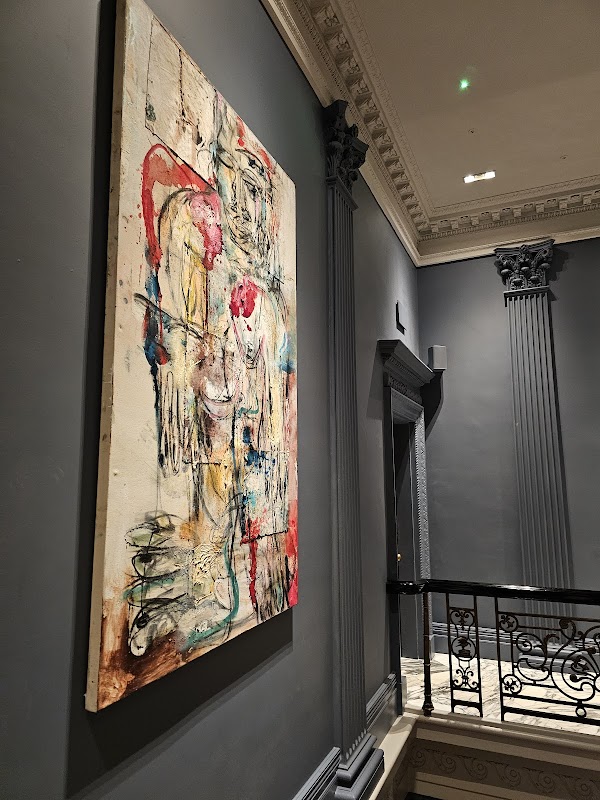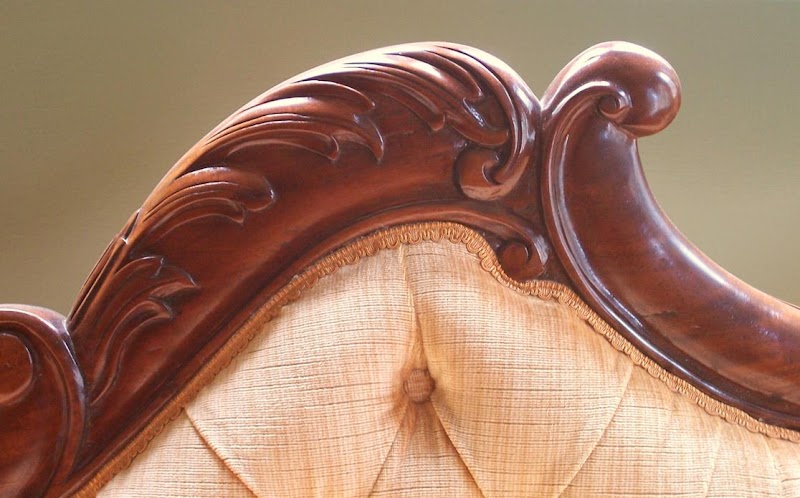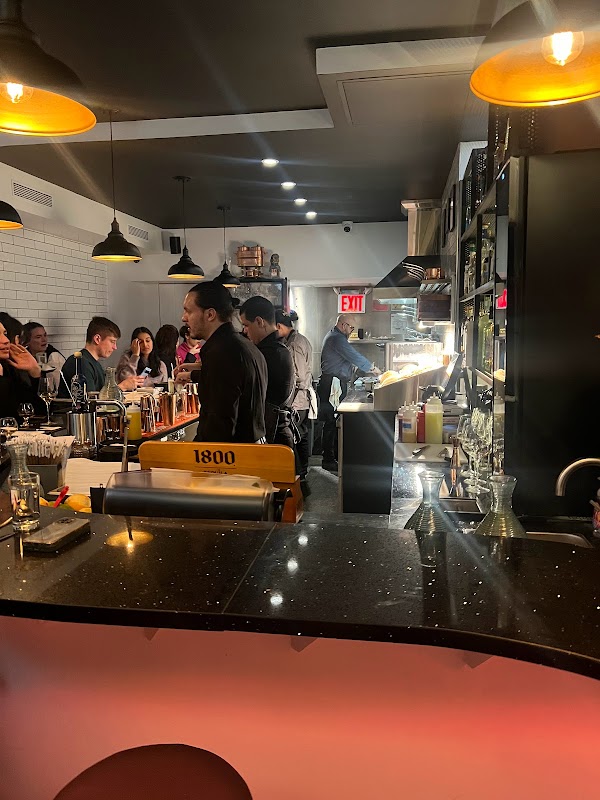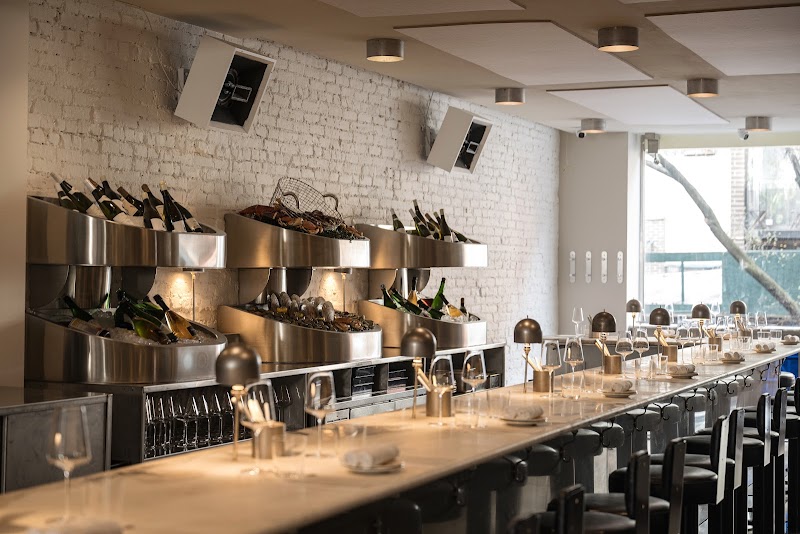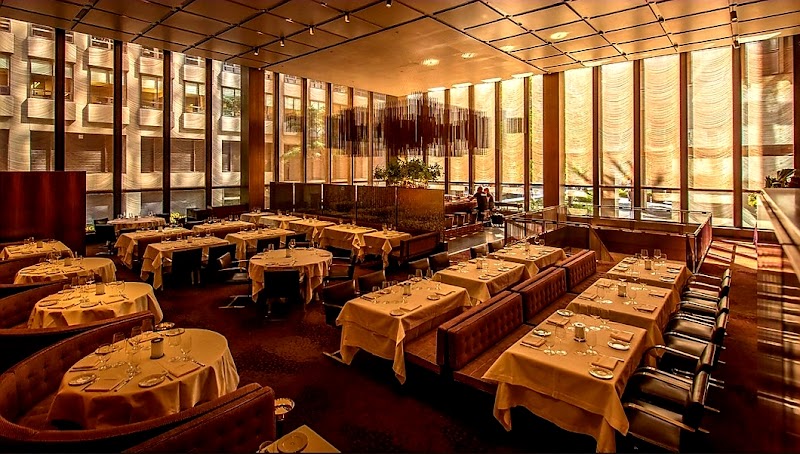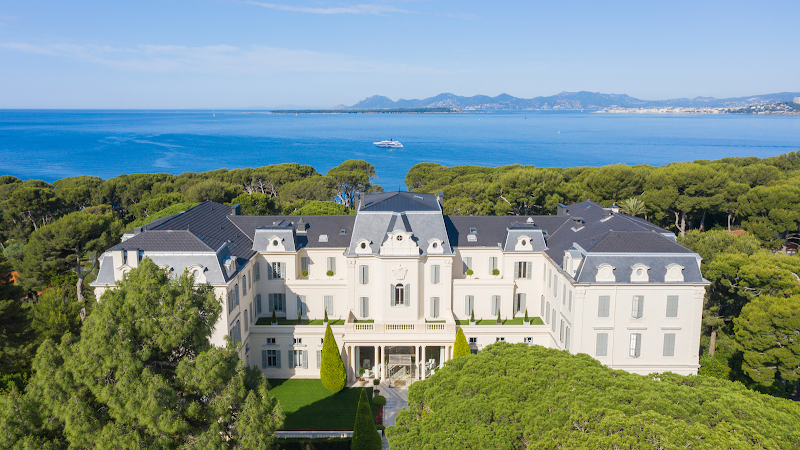Some people ski out West. Some people ski the Alps. I have a soft spot for the Dolomites, a majestic red-hued mountain range in the north of Italy. As one of the world’s premier skiing destinations, where the town of Cortina is a former Olympic village, the Dolomites are known for challenging slopes, views for days, and mountain cuisine that is the marriage Italy and Austria.
Some people ski out West. Some people ski the Alps. I have a soft spot for the Dolomites, a majestic red-hued mountain range in the north of Italy. As one of the world’s premier skiing destinations, where the town of Cortina is a former Olympic village, the Dolomites are known for challenging slopes, views for days, and mountain cuisine that is the marriage Italy and Austria.
Imagine: Your toes ache from your ski boots, and you feel relieved to pull up to the next baita you see. Baitas are small, wooden houses or lodges, which are plentiful on the slopes in the Italian, Austrian, and French Alps. Many of them are restaurants serving homey, local cuisine. After a morning of skiing hard, there is nothing better in that moment than sitting down for a meal. While it may be simple, hearty, cozy food, it always leaves you in disbelief because of just how good it is. There is something to be said for authenticity and recipes that have been around for generations.
Intuitively, you might think that baitas in the Dolomites serve Italian food (since the Dolomites are located in the Alto Adige region of Italy), but the area is actually home to multiple cultures. The Dolomites are very close to Austria and were historically part of the territory of the Austro-Hungarian Empire. The beauty of the region food-wise is that you can have an amazing spaghetti carbonara one day and a spot-on wiener schnitzel the next.
In the baitas of the Austrian Alps and Alto Adige, one dish that stands out is the dessert Kaiserschmarrn. A traditional Austrian dessert, Kaiserschmarrn is essentially a fluffy, delicious, caramelized shredded pancake that has raisins inside. It’s usually dusted with powdered sugar for decoration and an extra bit of sweetness. It may seem simple, but it’s a dish fit for kings. Translated as “Emperor’s Mess,” Kaiserschmarrn is generally accepted to have first been prepared for Austrian Emperor Francis Joseph I (1830–1916). When eating it, you get the ultimate experience of fluffy texture and caramelization that melts in your mouth.
If you happen to be in the Dolomites and want a taste of some of the best Kaiserschmarrn around, head to Seiser Alm (Alpi di Siusi in Italian) for some of the Dolomites’ best slopes and The Gostner Schwaige, one of (if not the) the best baitas serving local Alpine cuisine cooked to perfection. From hearty Heublütensuppe — a crave worthy soup made with local hay, flowers, and herbs in a bread bowl — to homemade cheeses, jams, and yoghurts, Gostner Schwaige has a variety of local and soulfully prepared dishes. The best part about sitting down for a meal at Gostner Schwaige is the Kaiserschmarrn you can order at the end, or for your meal. We won’t judge. This is where I was introduced to the dish, and I have not had a better version since. Perfectly fluffy, sweet, and powdered, The Gostner Schwaige prepares it with a reduction made from local berries for a balanced mix between acidity and sweetness.
If you’re not in the Alps this ski season, we’re bringing it home to you. I’ve created my own recipe for Kaiserschmarrn. It mostly sticks to tradition, but instead of a berry reduction it makes use of the leftover rum from the raisin-soak in a buttered rum sauce.

